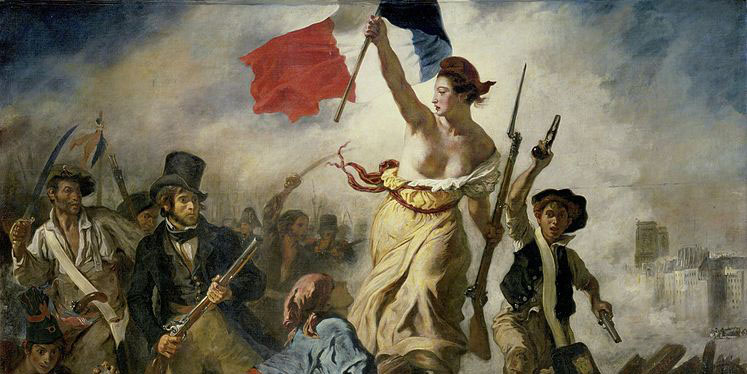
-
Updating Roman Jakobson’s ‘Poetic Function’ with Vector Semantics
Read more: Updating Roman Jakobson’s ‘Poetic Function’ with Vector SemanticsKurzynski discusses how poetry extends beyond sound and rhythm and taps into a deeper network of meanings.


Kurzynski discusses how poetry extends beyond sound and rhythm and taps into a deeper network of meanings.

By Christopher Stokes Skylarks, clouds, roses, rivers. What one of my undergraduate students once memorably termed the ‘flowers and s**t’ sense of Romanticism. It’s true that Romantic poetry has a narrow circuit of classic reference points, but one way to…

by Dr Richard Ashby Dr Richard Ashby analyses the 2010 Dennis Kelly play The Gods Weep, showing that playwright Dennis Kelly appropriates King Lear to interrogate the relationship between the Holocaust and climate change. Near the end of the 2010…

By Brett Andrew Jones It wasn’t every day that accusations of cannibalism flew around the early Jacobean court. That’s (one reason) why I found the revised version of Mucedorus so interesting. It hardly compares well to what we consider the…

By Jennifer Burek Pierce Place is central to John Green’s The Fault in Our Stars and to the community of readers who love his work. In both the novel and the movie versions of this story, visually distinctive places anchor…

By Adnan Ajšić If you have seen the 1999 movie The Matrix, you will remember the green code tumbling down the black screen like digital rain from the title scene. Later in the movie, Tank, one of the characters, ‘reads’…

by Elizabeth Amann & Michael Boyden 1. How did this book come about? Michael: This collected volume came out of a research network on revolutionary cultures involving the universities of Ghent, Göttingen, Groningen, and Uppsala. From the beginning, our aim was…

by Alexander Bubb It began with a case of mistaken identity. In 2016 I was growing deeply interested in The Rubaiyat of Omar Khayyam, a collection of short, pithy, epigrammatic poems translated from Persian by the Victorian man of letters…

By Erik Eklund C. S. Lewis is best known for his introductory exposition of Christianity, Mere Christianity (1952), as well as his series of children’s books, The Chronicles of Narnia (1950–56), yet, notwithstanding his numerous theological works, his identity as…

By Igor R. Reyner It is evident that we are living in a particularly challenging time, where transformative and empathic ways of listening, as well as of understanding, are much needed. Surrounded by fake news and intransigent behaviour, isolated in…